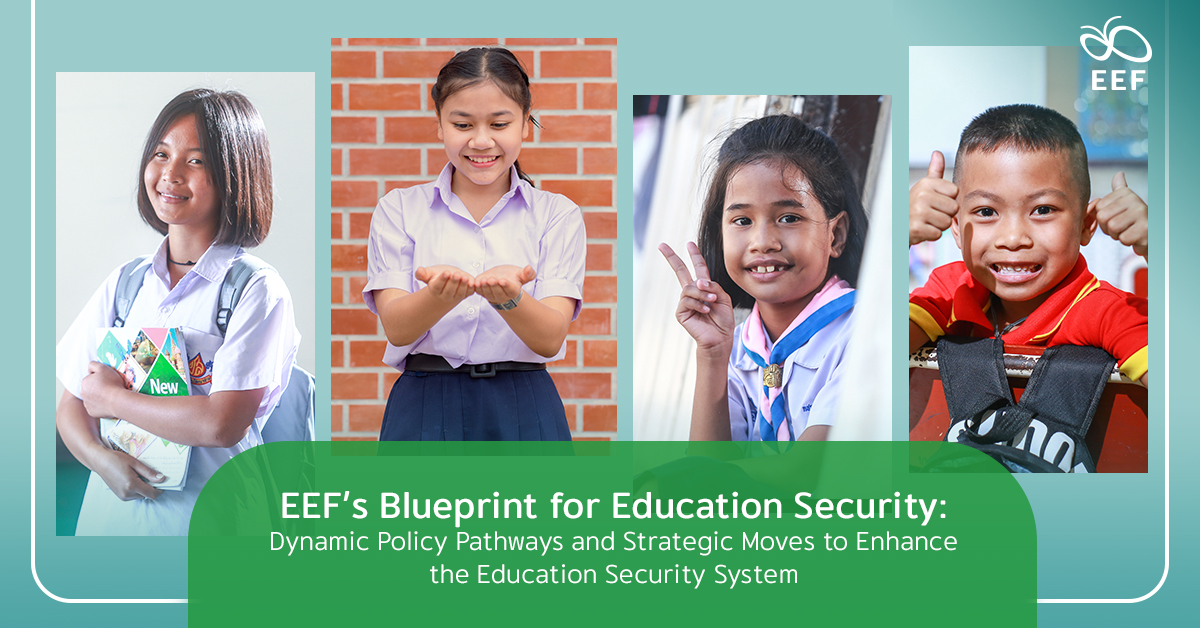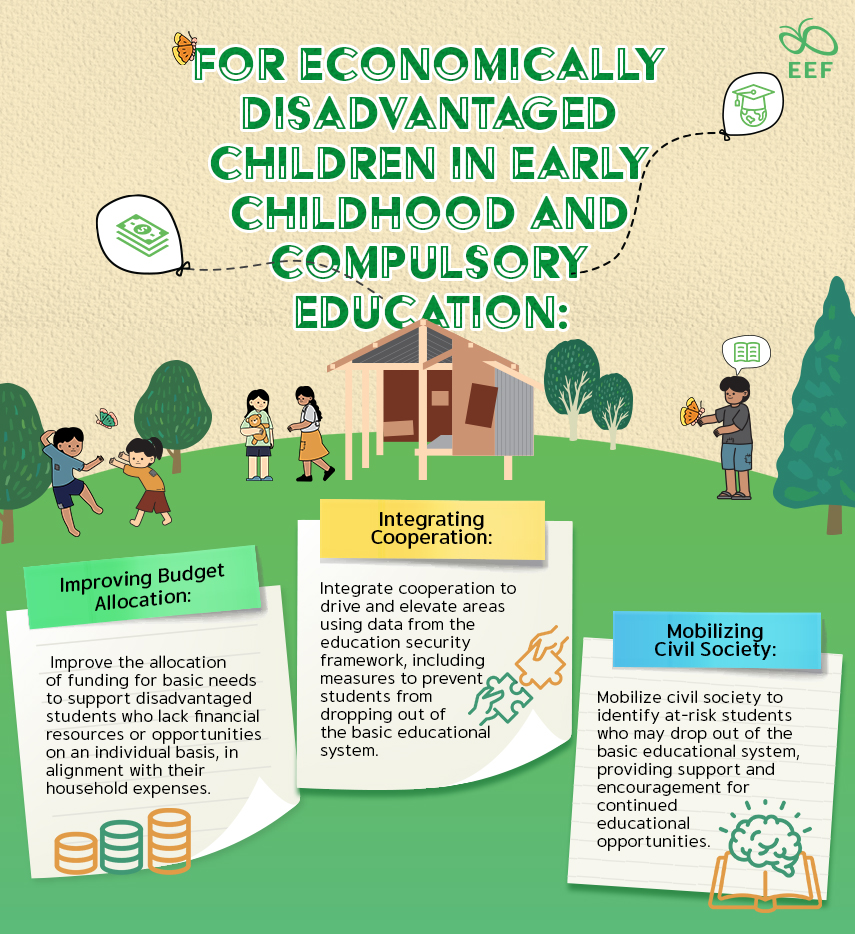
Advancing educational equity now hinges on vibrant collaboration and coordination across sectors, driven by the innovative “Education Security System.” Anchored in this initiative is a shift away from traditional research and data towards a child-centered approach, focused on unlocking every child’s potential and offering sustained support for all age groups. The following outlines the policy recommendations and next steps tailored for each group.
For Economically Disadvantaged Children in Early Childhood and Compulsory Education:

- Improving Budget Allocation: Improve the allocation of funding for basic needs to support disadvantaged students who lack financial resources or opportunities on an individual basis, in alignment with their household expenses;
- Integrate cooperation to drive and elevate areas using data from the education security framework, including measures to prevent students from dropping out of the basic educational system;
- Mobilizing Civil Society: Mobilize civil society to identify at-risk students who may drop out of the basic educational system, providing support and encouragement for continued educational opportunities.
For Youth in Post-Compulsory Education And For Out-of-School Children and Youth:

The Equitable Education Fund (EEF) Thailand is advancing educational equity through its Education Security System, focusing on economically disadvantaged groups. Addressing these disparities, the system confronts the pressing issue of reintegrating nearly 394,000 dropouts, while also enhancing teacher quality and fostering collaborative policies. Financial barriers also hinder access to higher education, with rising costs limiting opportunities despite scholarships. In response, EEF’s High Vocational Innovation Scholarship addresses skill shortages, linking education with employment through enhanced vocational training. Amidst these efforts, supportive schools and teachers play a vital role in mitigating dropout risks and maintaining student engagement and success, and EEF’s policy recommendations chart a dynamic roadmap for a more inclusive and equitable educational system, ensuring a future where every student’s right to education is realized through equitable and innovative solutions.

